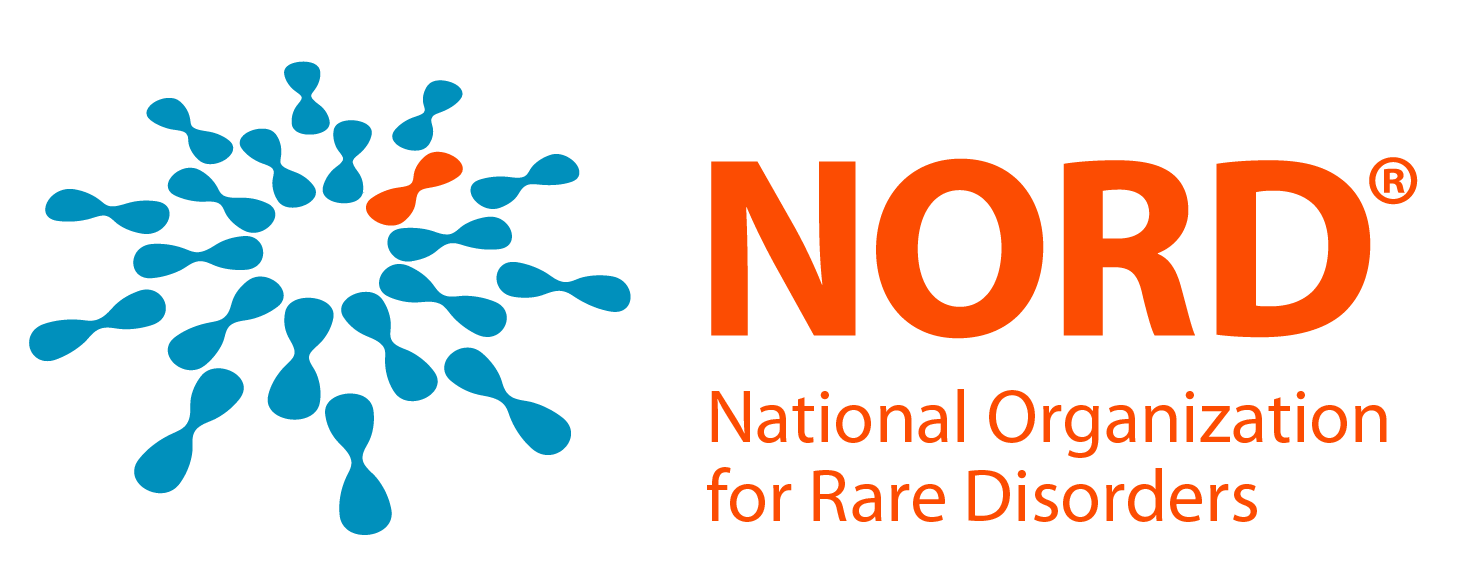The animated videos in NORD’s Rare Disease Video Library provide brief introductions to rare disease topics for patients, caregivers, students, professionals and the public. NORD collaborates with medical experts, patient organizations, videographers and Osmosis to develop the videos, which are made possible by individual donations, educational grants and corporate sponsorships. NORD is solely responsible for the content.
Summary
Hypertrophic cardiomyopathy (HCM) is a progressive, genetic disease that results in excessive thickening of the heart muscle, not explained by other causes, affecting the size and function of the heart. Approximately 70% of HCM patients have obstruction of the flow of blood outside the heart and this is called obstructive HCM (oHCM), while the rest do not have obstruction, and this is called nonobstructive HCM (nHCM). In addition, the heart becomes stiff and less flexible. This causes the heart to beat harder than usual without relaxing in between beats. The symptoms of oCHM can be different from person to person, and many people with oHCM have no symptoms. When symptoms are present, the most common include breathlessness, heart palpitations, chest pain, tiredness and dizziness. Often, such symptoms become worse due to dehydration or after heavy meals. Over time, some patients with oHCM may develop congestive heart failure. Sudden death due to an irregular heartbeat is a rare complication of oHCM.
Both oHCM and nHCM can be caused by changes (disease-causing variants) in certain genes. There are currently 11 genes known to be involved in the development of the heart muscle that affect how the heart contracts. Variants in two of these genes, MYBPC3 and MYH7, account for about 80% of HCM. HCM follows an autosomal dominant pattern in families. Diagnosis is based on symptoms, imaging studies of the heart and genetic testing. Treatment for oHCM is focused on managing the symptoms and includes medications and invasive procedures (surgical myectomy or alcohol septal ablation). For symptomatic individuals with oHCM, the U.S. Food and Drug Administration (FDA) has approved the drug mavacamten (Camzyos) that acts directly on the defect in cardiac muscle cells, allowing the heart to beat more normally. In clinical trials, it has been shown to help oHCM patients improve their symptoms and exercise capacity. In oHCM patients with advanced symptoms, it has also been shown to reduce the need for surgery or to delay or avoid invasive procedures.
Introduction
Hypertrophic cardiomyopathy was first described in the early 1960s. HCM is part of a group of conditions known as cardiomyopathies which are disorders of the heart muscle. HCM is the most common inherited form of cardiomyopathy.
Heart structure and function
The job of the heart is to act as a pump moving blood with oxygen and nutrients throughout the body. The normal heart has four chambers: a left and right atrium which are located on top of the heart, and a left and right ventricle which are located below the atria. The ventricles act as the main pump of the heart. In the normal heart, the atria are separated from the ventricles by valves that allow blood to flow in only one direction. The heartbeat and rhythm are controlled by an electrical system that keeps the rhythm even and signals the heart to speed up or slow down in response to the body’s needs. Blood flows through the body in a circular path moving through the lungs and heart. The steps are as follows:

Your donation will help more than 30 million Americans with a rare disease navigate their diagnosis, receive financial assistance, and access the care and support they deserve. Make your tax-deductible gift today!
